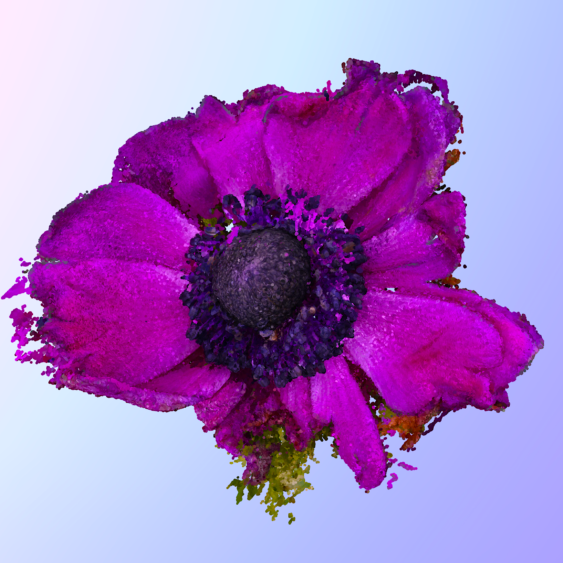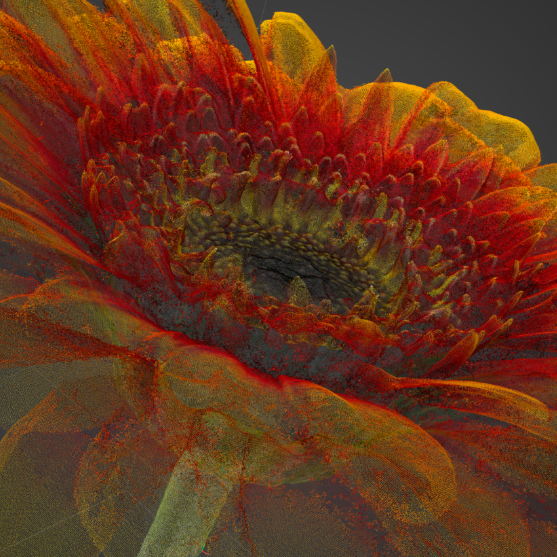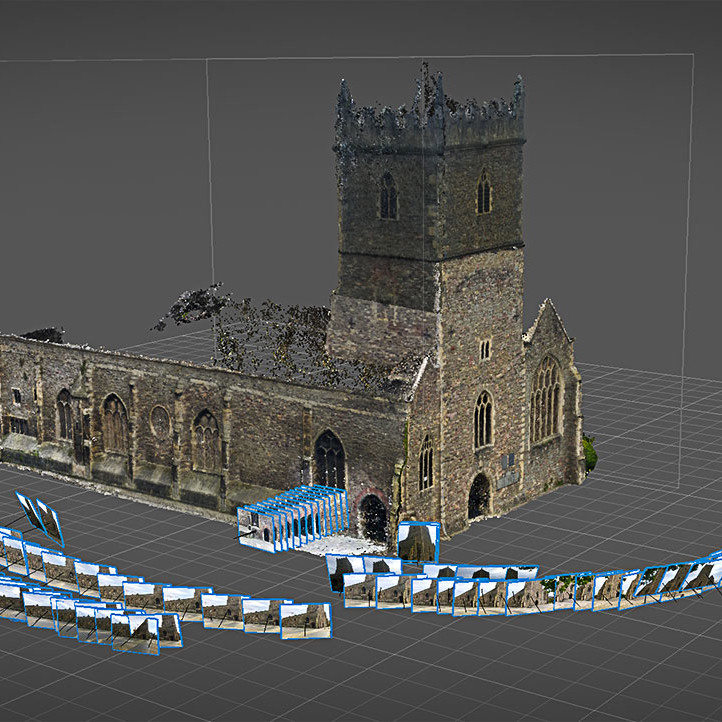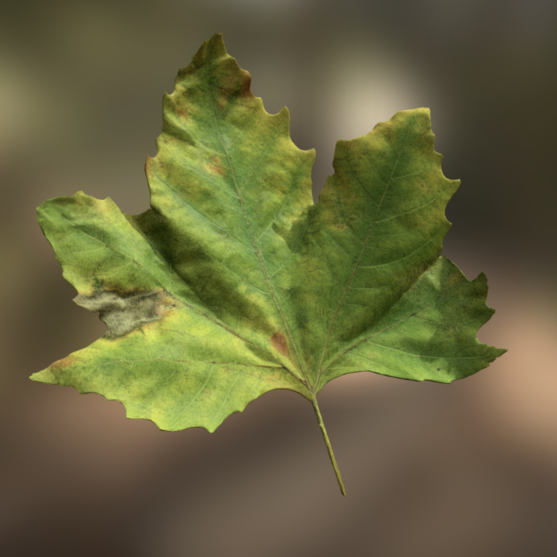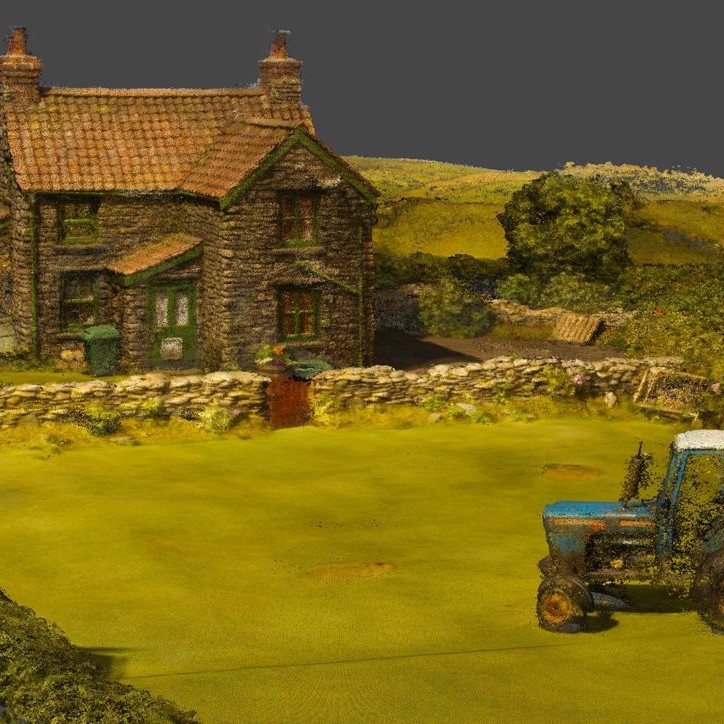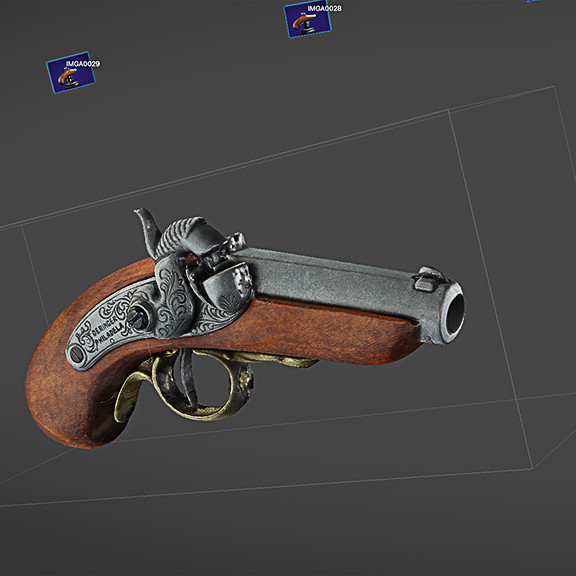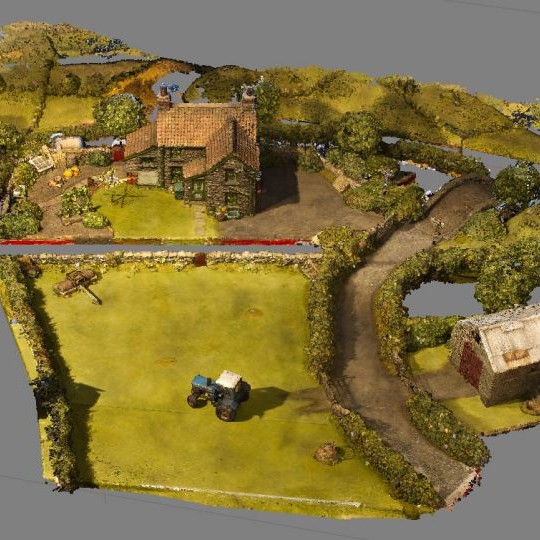We help you navigate through the tech maze
We help you navigate through the tech maze
3D Scanning Museum Objects
3D scanning museum objects and using photogrammetry are excellent ways of sharing museum or archival collections with international and virtual audiences, giving them an up-close and hands-on experience miles away from the physical object.
But did you know it’s possible to create incredible, realistic assets for augmented and virtual reality using 3D scans and to use photogrammetry for AR?
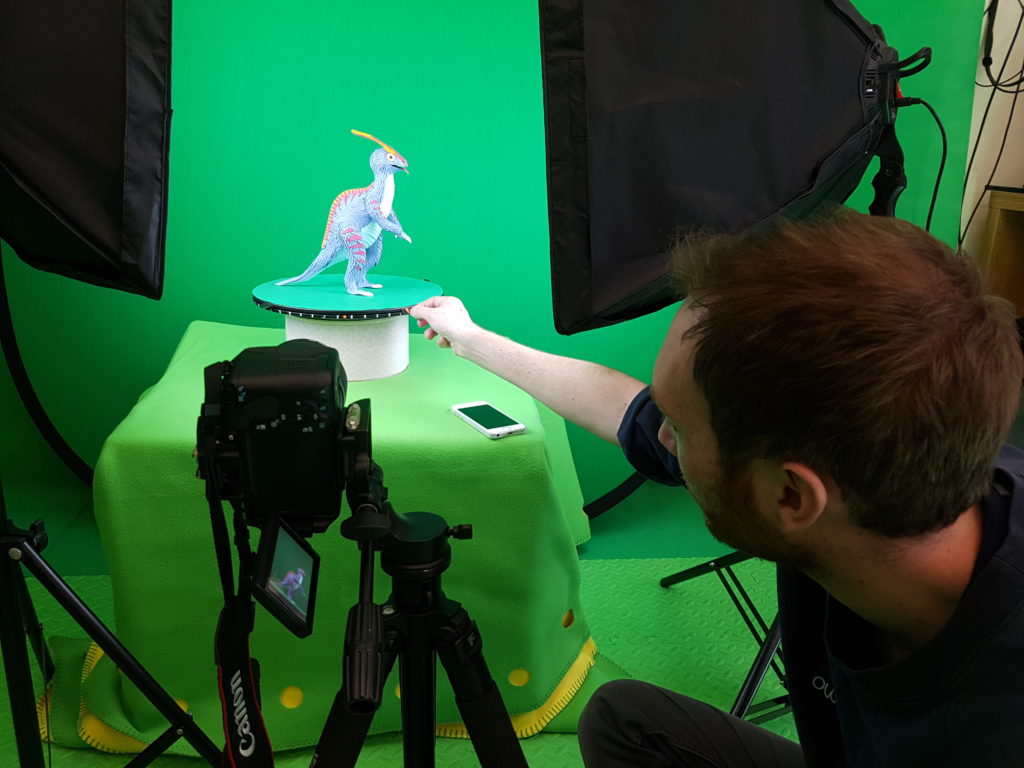
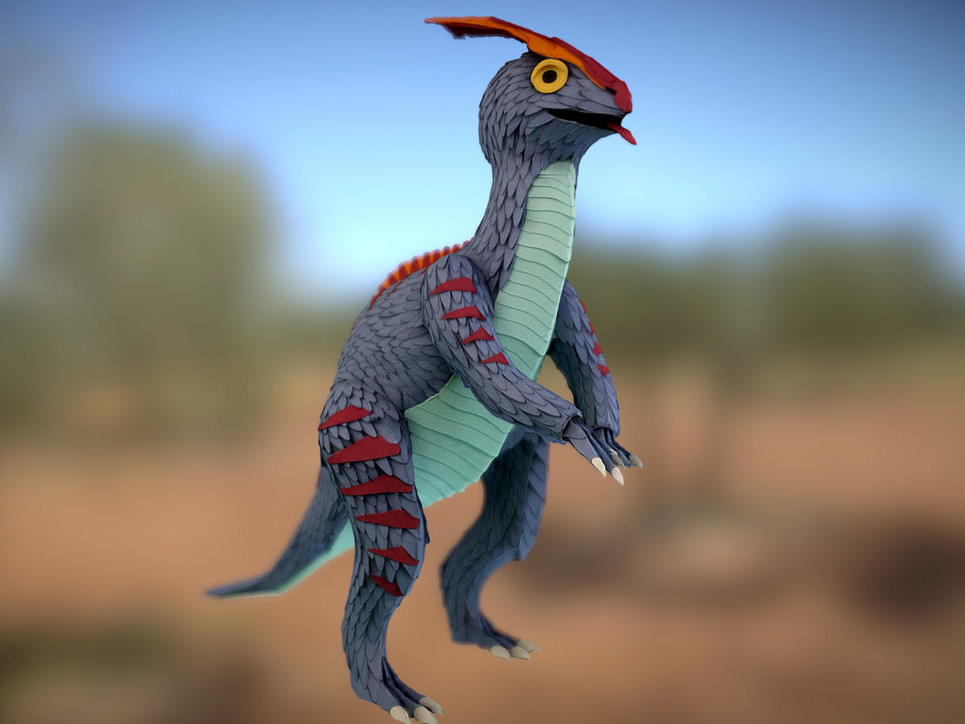
Digitising collections assets
Capturing and preserving the physical detail of almost any object – 1:1 – is becoming more commonplace within the heritage and culture sector: from paintings, sculptures, architectural details, historic costumes, natural history specimens to even larger assets like ships or cathedrals.
We’ve scanned objects ranging from entire buildings and military vehicles down to papercraft models, stop motion characters and sets, organic materials such as flowers and vegetables, and even a pizza!
3D scanning museum objects preserves collections assets by ensuring that a stable 3D record of that object exists. Your 3D scans can be ingested into your CMS and hosted on sites like Sketchfab to share them with the public.
You can easily create a facsimile by 3D printing from the model or quickly share the 3D scanned object with international researchers, broadening access to your collection. Remote users can control and manipulate the 3D model, zooming in on relevant or interesting features during research.
The same models can also be repurposed for entertaining and engaging new audiences.
Get in touch to learn more about the technology and techniques required in 3D scanning museum objects, or to book a 3D scanning or photogrammetry workshop.
Transforming 3D scans into AR or VR
Moreover, 3D scanning museum objects from your collection and using photogrammetry for AR is a quick route to creating immersive digital interpretation and interactive content.
3D scanning museum objects preserves the physical accuracy and the interactive potential of the real-world subjects, arguably making it a great halfway point between photography and computer-generated models.
By their very nature, photogrammetry models and 3D scans are full of high-fidelity detail that deserves to be explored in 3D. It follows that 3D scans look amazing when viewed in augmented and virtual reality which is why we utilise techniques like photogrammetry for AR experiences.
At Curio, we often use our 3D scans as cornerstone content for our AR and VR experiences: whether it’s to enable museum visitors to hold a delicate artefact in their own hands, or immerse school groups in an intricately detailed historical environment.
Each project requires bespoke software and custom visuals, which we create in-house. We’ll happily work with 3D scans you’ve already created, advise on photogrammetry processes, or make models from scratch to give your visitors an unforgettable experience.
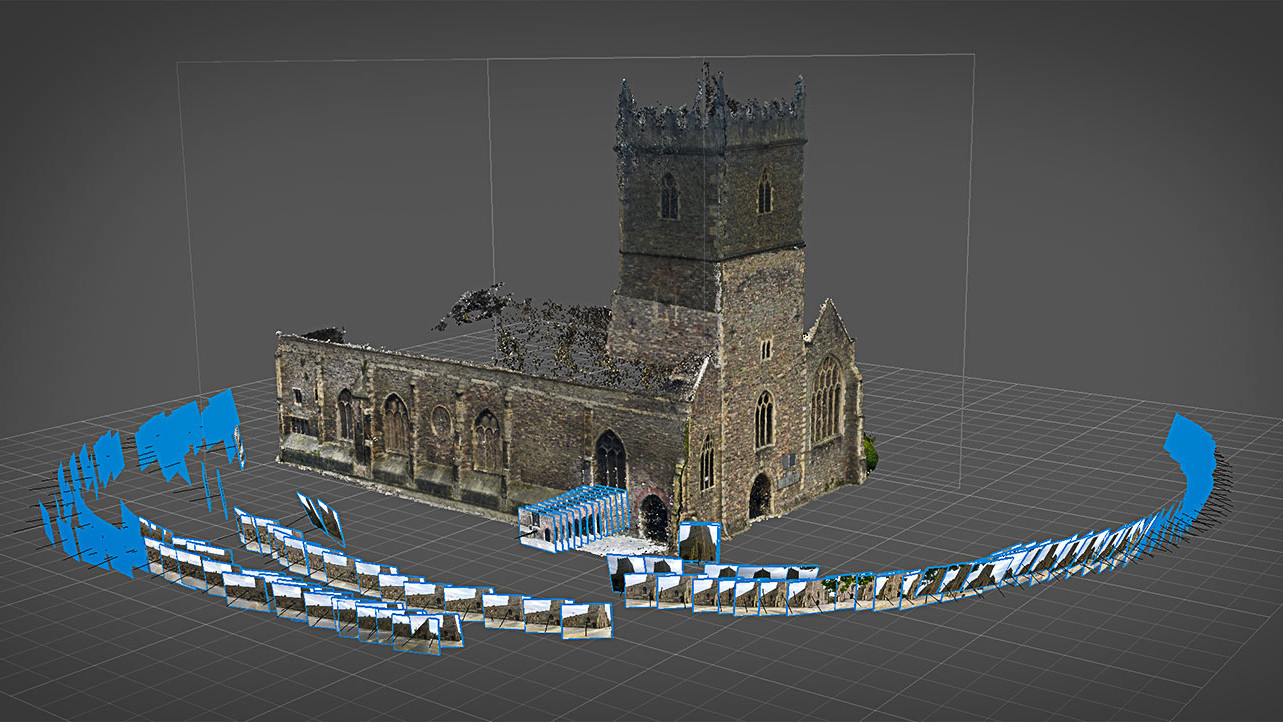
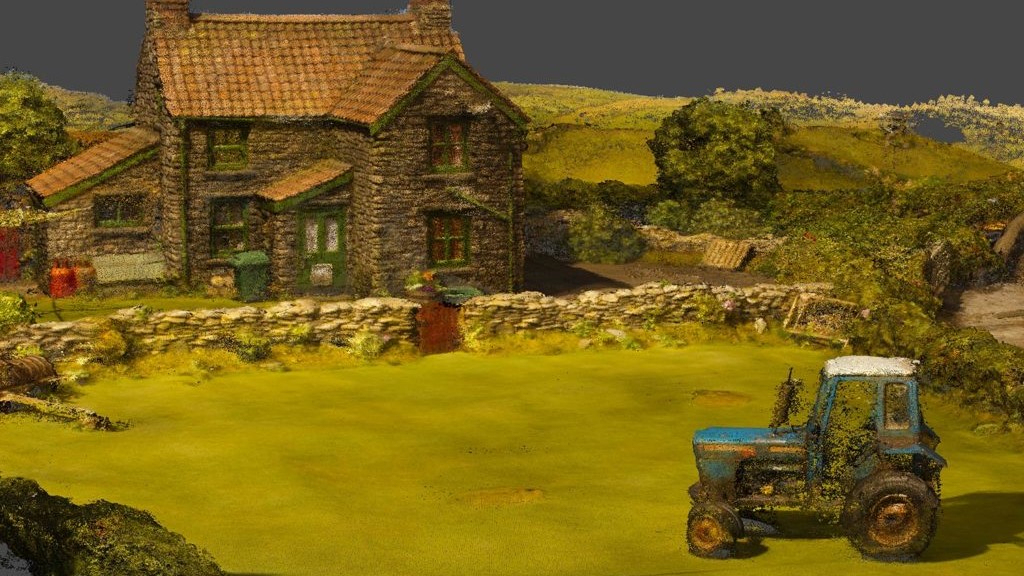
3D scans as bespoke digital interpretation
Within our work 3D scanning museum objects, we’ve collaborated with university collections and theatre companies. We’ve captured objects using photogrammetry for AR experiences which we then deployed in mixed reality loan boxes for schools and workshops.
We scanned Aardman Animations’ stop motion sets for a VR tour of Wallace and Gromit’s living room, and a large-scale mixed reality view of Mossy Bottom Farm.
We made 3D models of Greek artefacts and monuments, which we used to build a scaled 3D model of the Acropolis site and to create over 30 interactive AR experiences for a bicentennial exhibition about the Greek Revolution and subsequent independence. We specialise in using photogrammetry for archaeology AR and VR experiences.
And we used photogrammetry to capture 3D scans of graffiti legend Banksy’s pieces which we shared as a VR experience that let you view each piece from whatever perspective you like.
The only limit really is your imagination!
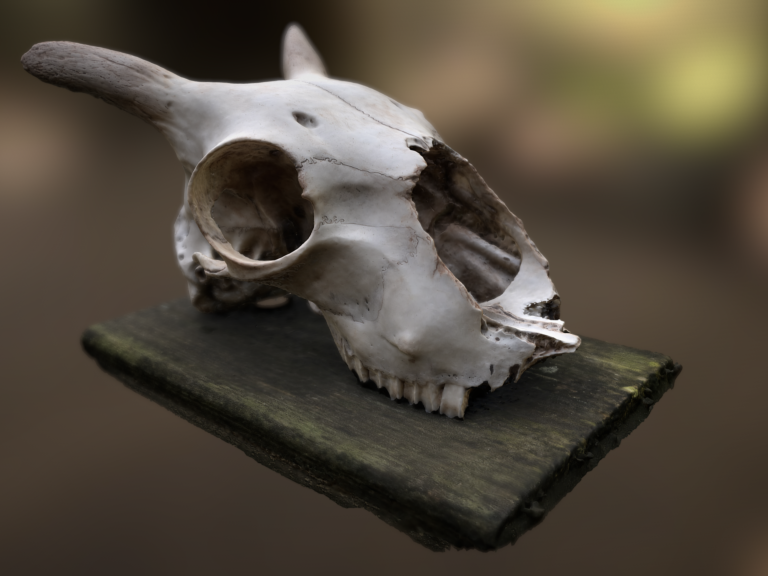
Technologies we use
3D scanning museum objects is straightforward in principle, but the methodology for one object will rarely work for another.
We use different approaches for capturing 3D scans of tiny objects, huge buildings, aerial scenes, shiny materials and living things. Some of the technology we use includes micro, macro, aerial and video-based photogrammetry, aided by focus stacking, multi-camera arrays and marker tracking.
We’re experts at 3D scanning museum objects and using photogrammetry for AR.
We frequently utilise LiDAR/depth-sensing devices such as Azure Kinect DK, Intel Realsense and iPad Pro 2020. We also use cutting-edge methodologies and techniques for capturing 3D scans of moving subjects and performances, including volumetric video.
Get in touch to find out more, whether that’s advice on making your own 3D scans or photogrammetry, or needing to know which equipment to invest in, or to find out how we can augment your existing 3D scans into an immersive audience-centred experience.
